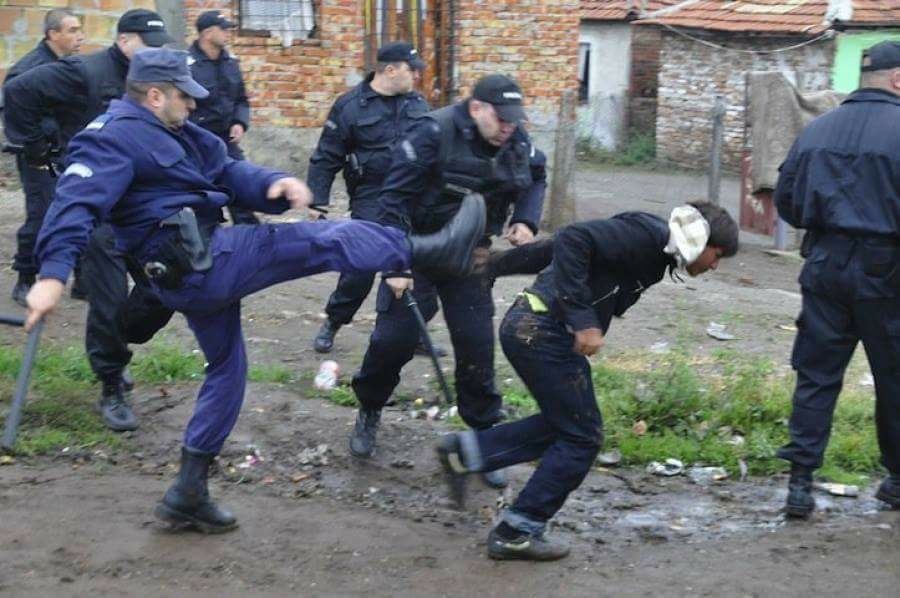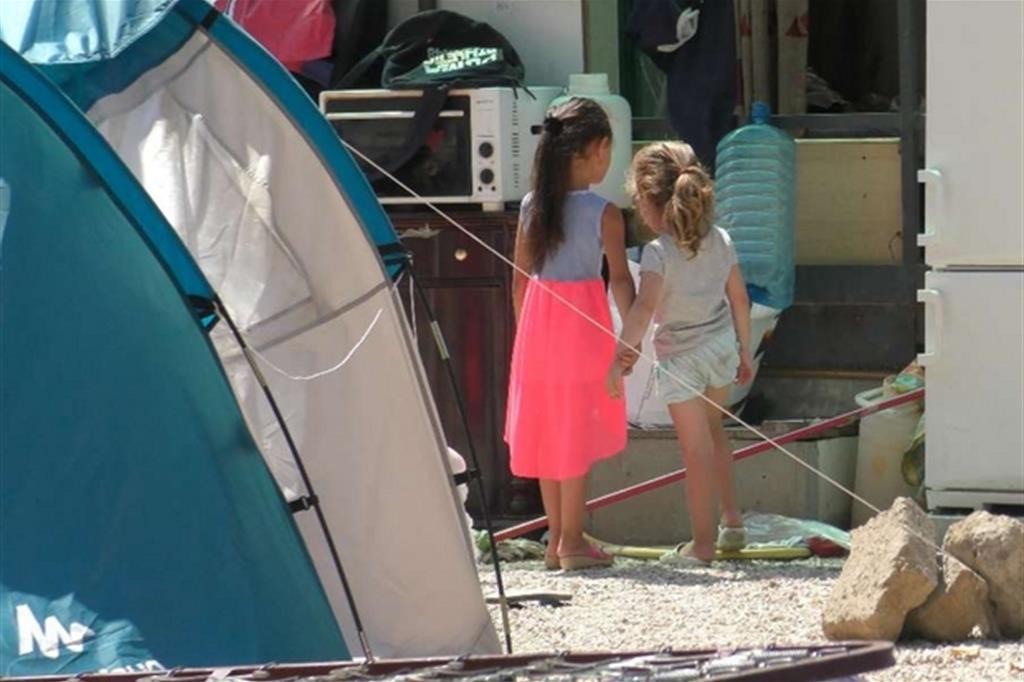Romani children, their rights and wellbeing: time to reset the research agenda beyond 2020
30 April 2019

A new report examines the paucity of quality research related to Romani children, and reveals how much of what is out there fails to challenge the slow pace of change. A lot of the research simply avoids the underlying causes for the catastrophic failures to protect the rights of Romani children. The authors of this report identify profound gaps and spell out why the research agenda urgently needs to be reset to a child rights based approach. A stronger focus is needed on the structural, systemic and attitudinal barriers that prevent Romani children from fully exercising their rights. Research and advocacy must give children more voice in shaping the public debate to combat the racism and discrimination that blights their lives.
Ten years ago, in the early hours of 19 April 2009, neo-Nazis in Moravia firebombed a Romani family home in the Czech town of Mitkov. The blaze left two-year-old Natalka battling for her life with 80% burns all over her body. This horrifying attack came just months after the murder of five-year-old Robika Csorba and his father, shot dead by fascist snipers as they fled their firebombed house in Tatárszentgyörgy in Hungary. These atrocities brought home the deadly impact of anti-Roma racism on the youngest and most vulnerable; and the surge in violence targeting Roma communities prompted calls for a Europe-wide policy response, which eventually led to the 2011 launch of the EU Framework for National Roma Integration Strategies (NRIS) up to 2020.
From the outset, the European Commission was emphatic that to break the cycle of exclusion, NRIS must prioritize the rights and wellbeing of Roma children and young people. A Council Recommendation in 2013 described the situation as “particularly worrying, due to a range of factors that may make them especially vulnerable and exposed, inter alia, to poor health, poor housing, poor nutrition, exclusion, discrimination, racism and violence.” As the 2020 end-date approaches, it’s clear that the NRIS have failed Romani children, whose fundamental human rights continue to be routinely and egregiously abused in many EU member states.
What of the research that has informed these policy failures? And what is to be done so that further research about Romani children might actually make a difference to their lives? This new European Commission funded report maps research related to Romani children across seventeen European countries. One thing is abundantly clear – there is an urgent need to recalibrate the research agenda to promote children’s rights and Roma inclusion beyond 2020.
Research as part of the problem
The authors noted that the bulk of research is oriented towards “a gradualist model of social inclusion”, content with modest, sporadic successes; and is “heavily weighted against challenge and innovation”. There was very little research questioning the slow pace of change or directly challenging its underlying causes, and the authors describe “the pronounced absence of any significant body of research that really challenges discriminatory attitudes in the general population towards Roma children” as worrying.
The authors ask if much of the research is unwittingly contributing to the public indifference and providing politicians with a “smoke-screen for inaction”. Their findings suggest that a significant body of Romani child-related research is ‘repeat’ research that restates already well-documented findings, and that the sheer volume of ‘low-relevance’ research can validate a perception that ever aspect of Roma related policy needs to be over-researched prior to taking action:
“This can act to justify delays in mainstreaming proven good practice and confirm a public perception that Roma are a ‘problematic’ grouping to provide for, and that realisation of their children’s rights is a particularly costly, complex and intractable process.”
Another worrying factor is that much of the research had no process in place to communicate children’s views to those in power, many researchers had no intention of doing so, and in any case, had very limited capacity to impact on wider policy processes.

Research gaps
While there is a mass of Roma child related data, it is not consistent, is of varying relevance, and is scattered across countries, time periods and sectors. There was also a scarcity of explicit and practical commitments to gender sensitive research. Gaps were noted in relation to families’ access to social welfare and assistance systems, and research about Romani children in detention and care institutions. Noting incidences of inappropriate removals of Romani children from their families, the authors call for an urgent “Europe-wide review of national child protection systems as they relate to Romani children.”
In the sphere of health, research deficits were most evident in mother and child health, and further research is also needed on adolescent health, mental health, HIV, asthma and other chronic diseases in Roma communities, which are related to environmental factors.
Overall, the authors noted that few researchers adopted a holistic approach that recognised the complexity and totality of children’s lives; their rights, developmental needs, and entitlements; their capacity, resilience or ability to shape their own lives in partnership with adults. A child focus was missing in most of the studies, reflected in the low level of child participation, despite the fact that the tools and techniques were readily available. Most studies that specified an age cohort related to children aged 0-18 years, were not child-specific and did not follow a life cycle approach: “Even in areas like education, the emphasis was more often on the topic than on the child ... Some reports also presented children as future, rather than current citizens, or potential rather than actual contributors to family, community and society.”
What difference can research make?
The authors pose a more pragmatic question: how can the impact of research be improved for children’s benefit? Donors, funders and research institutions need to promote a better balance of child-related, child-focused and child rights-based research. There is a need to move away from the current model of supporting one-off research initiatives towards one that builds research capacity in local and national Roma and child-rights agencies.
The authors also call for more and better child participation in research to allow for a wider range of Romani children to speak out about their concerns; and greater investment in a range of advocacy opportunities and public forums to empower Romani children and ensure that their voices are heard.
Such research should work to empower Romani children, strengthen their capacity to make informed decisions; improve policy making and program design; and challenge the systems, structures and practices that discriminate against them. The detailed recommendations in the report should be compulsory reading for all involved in commissioning or conducting research to ensure their endeavours are part of the solution, not the problem.
At best, research can only ever be part of the solution. It’s very clear that the right to life, survival and the special protection to allow youngsters to develop in conditions of freedom and dignity, enshrined in the UN Convention, will not be granted to Romani children as a matter of course any time soon. The fight to make a reality of their rights as children needs to be at the heart of a broad-based political struggle against antigypsyism. And this struggle needs to be dramatically stepped up to bring an end to the suffering endured by hundreds of thousands of Romani children in shacks, squats, and camps, vulnerable to the elements, exposed to random cruelties, segregation and deliberate discrimination right across the well-ordered democracies that comprise this continent of plenty.
To access the full report: Mapping of research on Roma children in the European Union 2014-2017, by Kevin Byrne and Judit Szira, see: http://bit.ly/2PEpzG8.




